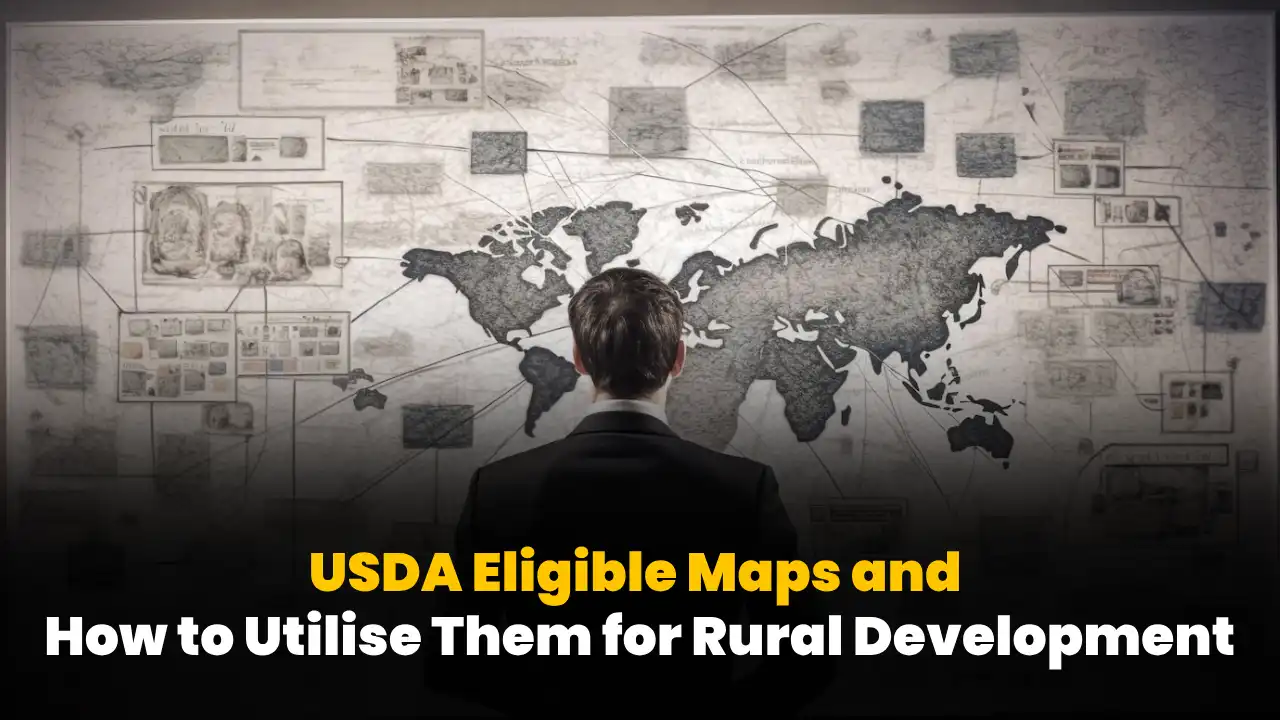The United States Department of Agriculture (USDA) plays a crucial role in fostering rural development and improving the quality of life in rural communities. One of the tools it employs to achieve these goals is the use of USDA eligible maps. These maps help identify areas that qualify for USDA programs and initiatives, particularly in the context of housing and economic development. This article aims to provide a comprehensive overview of what USDA eligible maps are, their significance, and how to effectively use them.
What are USDA Eligible Maps?
USDA eligible maps, also known as USDA eligibility maps or USDA property maps, are geographic representations that highlight areas eligible for various USDA programs and services. These maps are primarily used to determine the eligibility of certain locations for rural development assistance, particularly in the realm of housing and community development. They are instrumental in identifying which areas meet the criteria for USDA loans, grants, and other resources aimed at supporting rural growth.
Significance of USDA Eligible Maps
The significance of USDA eligible maps lies in their ability to ensure that USDA resources are directed to the areas that need them the most. These maps help channel financial assistance, housing support, and infrastructure development to rural communities that may otherwise struggle to access such resources. By designating eligible areas, the USDA can effectively target its efforts to boost economic opportunities, enhance living conditions, and stimulate growth in underserved regions.
How to Use USDA Eligible Maps
Accessing the Maps: USDA eligible maps are typically available on the official USDA website or through USDA offices. They can also be accessed through local USDA Rural Development offices. Many state and county government websites also provide access to these maps.
Locate Eligible Areas: To use USDA eligible maps effectively, you need to locate the specific area you’re interested in. This can be done by either searching for an address, entering GPS coordinates, or navigating the map manually.
Check Eligibility: Once you’ve located the desired area on the map, you can determine its eligibility for various USDA programs. Different programs may have slightly different eligibility criteria, but common factors include population size, income thresholds, and the level of rural designation.
Identify Programs: Based on the eligibility status of the area, you can then identify the USDA programs that are available to that location. These programs could include rural housing loans, business development grants, community facilities funding, and more.
Application Process: After identifying the appropriate program, you can proceed with the application process. Each program will have specific requirements, documentation, and application procedures that need to be followed.
Consultation: If you’re unsure about the eligibility of a specific area or need assistance with the application process, it’s advisable to consult with local USDA Rural Development offices or professionals who are well-versed in USDA programs.
Stay Updated: USDA eligible maps may be subject to updates and revisions. It’s essential to periodically check for any changes in eligibility status or program offerings for your chosen area.
What does Property Eligibility Mean?
Property eligibility refers to the qualification of a specific location, often rural or underserved, to meet the criteria set by a program or institution. It determines whether the property is eligible for certain benefits, services, or assistance.
Property Eligibility Requirements For USDA loans?
Property eligibility requirements for USDA loans pertain to the geographical location of the property. It must be situated in an eligible rural or suburban area as defined by the USDA. These criteria ensure that the loans are directed towards fostering rural development and assisting those in underserved communities.
USDA Credit And Income Requirements
USDA loans necessitate meeting specific credit and income prerequisites. Generally, a satisfactory credit history is essential, with a minimum credit score often required. Additionally, the borrower’s income should be within certain limits to demonstrate eligibility. These measures are in place to ensure that the loans are accessible to individuals with the capacity to repay while targeting assistance to those in need.
FAQ’s
How Accurate is USDA Eligibility Map?
The USDA eligibility map is generally accurate, but it’s important to verify eligibility with local USDA offices or experts due to occasional updates and regional variations.
How Much Of The US is USDA Eligible?
Approximately 97% of the United States’ land area is considered eligible for USDA programs, with a focus on fostering rural development and supporting underserved communities.
Conclusion
USDA eligible maps serve as vital tools in the realm of rural development, helping to direct resources to areas in need. By leveraging these maps, individuals, communities, and organizations can access USDA programs and services that contribute to economic growth, improved living conditions, and enhanced infrastructure. Whether it’s obtaining a rural housing loan or securing funding for community projects, understanding how to use USDA eligible maps is a key step in fostering sustainable development in rural America.
Read More: VA Housing Grants For Disabled Veterans – Home Decore 24







